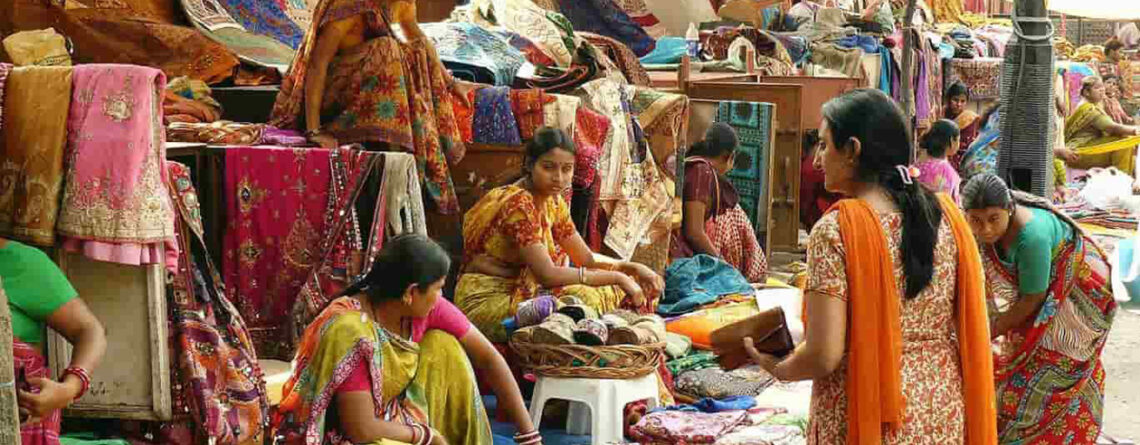India’s informal economy more than halved
The Reserve Bank of India’s digital payments index also captures the spread of digital, taking into account growth in the payments infrastructure. Of the four key objectives of demonetisation, India appears to have done well on three. There has been a rise in digital transactions.
Besides this, there has also been a drop in fake currencies. Counterfeit notes detected continued to fall from 3.1 lakh in FY19 to 2.9 lakh in FY20 and 2 lakh in FY21. There are also indications that the economy is getting more formalised.
Read also India:Govt looks into inclusive system for retirement income
According to SBI group chief economist Soumya Kanti Ghosh, there are indicators that the informal economy has shrunk to 20% of GDP from 50% a few years ago. This is comparable to Europe and much better than Latin American countries where the size of the informal economy es estimated at 34%.
Read also Tech for aging society can be Japan’s ‘advantage’: Google executive
“The rise in GST collections despite the GDP shrinking clearly shows that formalisation has ensured fiscal policy can be used as a counter-cyclical fiscal policy tool when revenue collapsed due to the pandemic. This is a clear break from the past as fiscal policy has always been used as a pro-cyclical fiscal policy tool in India,” said Ghosh.
Read also Ghana. Employers must pay pension contributions of casual workers – TDCL
Recent data shows that although there has been a resurgence in economic activity, there has not been a proportionate increase in currency in circulation. The high level of digitisation has given the economy the capacity to grow without a corresponding increase in cash.
Read more @The Times Of India
582 views










